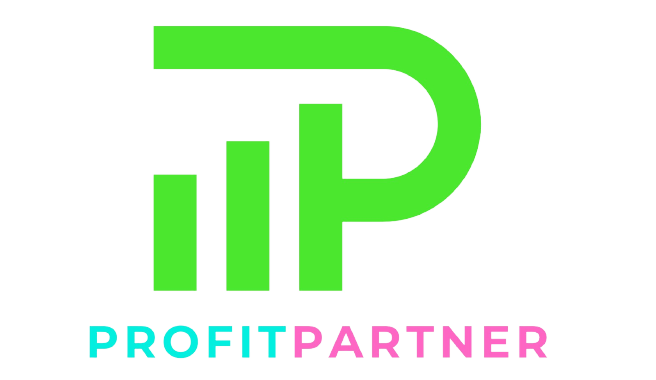
- August 15, 2023
- admin
- Business
What a resume is to a job application, grant writing is to your organization. A successful grant proposal identifies the strengths of your team and your services, demonstrates what they have allowed you to accomplish, and predicts what you’ll be able to do with greater resources at your back. Not every grant proposal is exactly the same, but any successful submission should follow similar characteristics.
Identify the Problem
First, establish the problem you’re trying to solve. In laying out the problem you intend to tackle, your grant proposal must include any and all relevant data. Brush up on the research that has informed your endeavors thus far, briefly summarize it for the reader, and include supporting documents in the appendix for them to follow up on.
You may wish to begin with a qualitative assessment, such as an anecdote from a person affected by the problem in question, and back it up with quantitative data, such as charts and statistics obtained through studies. Propose a solution to the problem, and indicate the audience or population it’s intended to assist. This part of grant writing is often called the statement of need.
Follow up with a comprehensive assessment of the steps your organization has taken to address the problem outlined above. This is where you introduce your expertise in your chosen field and demonstrate how you’ve wielded it against your field’s particular challenges. Detail the procedures and technology involved in your approach, and evaluate their performance according to what you defined as the solution to the above problem. This is commonly called the project narrative.
Once you’ve sufficiently explained your methodology, it’s time to outline the goals and objectives of your grant proposal. Set forth the metrics by which you’re measuring success – perhaps it’s the reading level of a group of students, or the caloric/nutrition intake per household of a particular neighborhood. You need a measurable, quantifiable variable(s) that you can demonstrate an ability to positively affect.
Refer to your statement of narrative. On what budget were you able to accomplish what you have thus far? Over what time period? Based on your previous performance, you should be able to present a specific budget, project your expected performance targets, and come up with a specific time frame in which you can meet those goals. This is the backbone of your proposal – it sets out variables by which you can measure success and by which your prospective funder can assess the feasibility of investment. If possible, include a table detailing components of your projected cost.
If you have already secured funding, this is the time to explain where and why you’ve gotten it. The subject of your grant proposal should know who has already signed on and why they have seen fit to do so. The fuller the picture of your funding structure, the sounder the investment.
Introduce Yourself and Sum Up
Once you’ve laid out the problem and summarized the steps you’ve taken and intend to take in solving it, you may wish to expand on the professional profiles of the staff involved. This need not be an exhaustive account of your leadership and their pedigrees – just a brief synopsis of their accomplishments and qualifications. Make it clear that your people are up to the task you’ve set above.
Finally, cap off your grant proposal with a summary of the problem, your solution, and its projected impact. Acknowledge any limitations within your desired scope and reiterate the importance of its success as a step to overcoming them.
Finish with the appendix – any letters of support from other funding sources, periodic reports of your organization’s progress you’ve summed up in the project narrative, and research references from which you’ve derived your data.
Grant writing opens doors for your organization to excel on bigger and more ambitious stages. Be sure to put your best foot forward and demonstrate exactly what makes you the right one for the job – whatever it may be.
Once you’ve laid out the problem and summarized the steps you’ve taken and intend to take in solving it, you may wish to expand on the professional profiles of the staff involved. This need not be an exhaustive account of your leadership and their pedigrees – just a brief synopsis of their accomplishments and qualifications. Make it clear that your people are up to the task you’ve set above.
Finally, cap off your grant proposal with a summary of the problem, your solution, and its projected impact. Acknowledge any limitations within your desired scope and reiterate the importance of its success as a step to overcoming them.
In Summary
A good grant proposal is like a good resume, tailored to a funder’s request for proposals (RFP). Follow the structural demands of the funder in question, but in general the following elements should be present in any grant proposal:
- Abstract
- Statement of Need
- Program description
- Methodology, including procedures and technology
- Goals and objectives
- Timeline
- Budget
- Evaluation of expected metrics
- Staff/organization
- Appendix
Categories
- Artificial Intelligence (1)
- Business (5)
- NLP (1)
- Social Media (2)
- Technology (4)
Tags
Newsletter
Get regular updates on data science, artificial intelligence, machine





